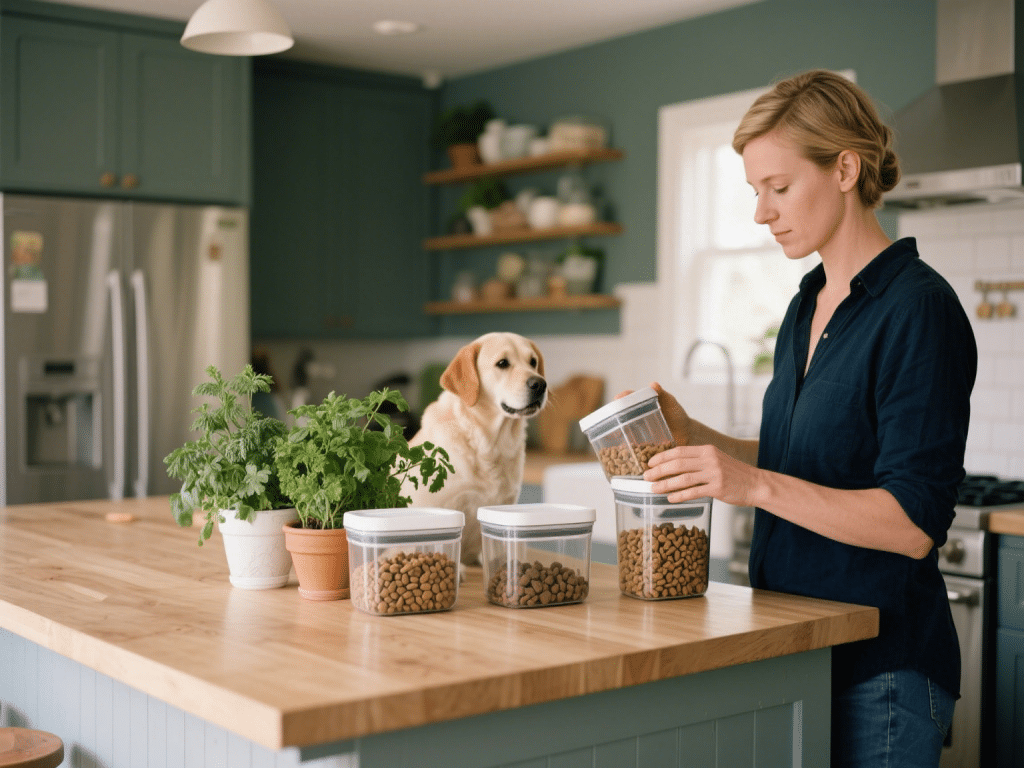Sustainable Pet Feeding: Reducing Food Waste and Saving Money

As a lifelong environmentalist and pet nutrition blogger, I’ve researched sustainable feeding practices that cut waste, lower costs, and maintain optimal pet health. Every pet owner can implement small changes that collectively make a big impact on our planet—and your wallet.
1. Accurate Portioning
Use a Gram Scale: Measuring by weight prevents overfeeding and reduces leftover kibble.
Daily Meal Planning: Divide total daily ration into multiple small meals to match your pet’s appetite cycle.
2. Smart Storage Solutions
Airtight Containers: Preserve freshness and reduce spoilage; choose BPA-free, food-grade bins.
First-In, First-Out Rotation: Label bags and containers with opening dates; use oldest stock first.
3. Creative Repurposing of Leftovers
Batch-Cooked Treats: Freeze pureed vegetables or lean meats in silicone molds for portioned snacks.
Broth Rescue: Boil vegetable peels and meat trimmings to strain, chill, and mix into dry food for added palatability—reduces waste and boosts hydration.
4. Buying in Bulk & Shared Purchasing
Cost Savings: Larger bags often lower unit cost; split bulk purchases with trusted neighbors or rescue organizations.
Local Co-ops: Join pet food co-ops to access sustainably sourced, high-quality ingredients at reduced prices.
5. Monitoring & Adjustment
Food Logs: Track consumption vs. leftovers; adjust portions monthly based on body condition and activity.
Eco-Friendly Brands: Support companies with minimal packaging and transparent sourcing—look for recyclable or compostable bags.
By integrating precise portioning, smart storage, creative repurposing, and community purchasing, you’ll minimize pet food waste and foster sustainable habits. These practices not only benefit your budget but also contribute to a healthier planet for all of us.

Comments on "Sustainable Pet Feeding: Reducing Food Waste and Saving Money" :